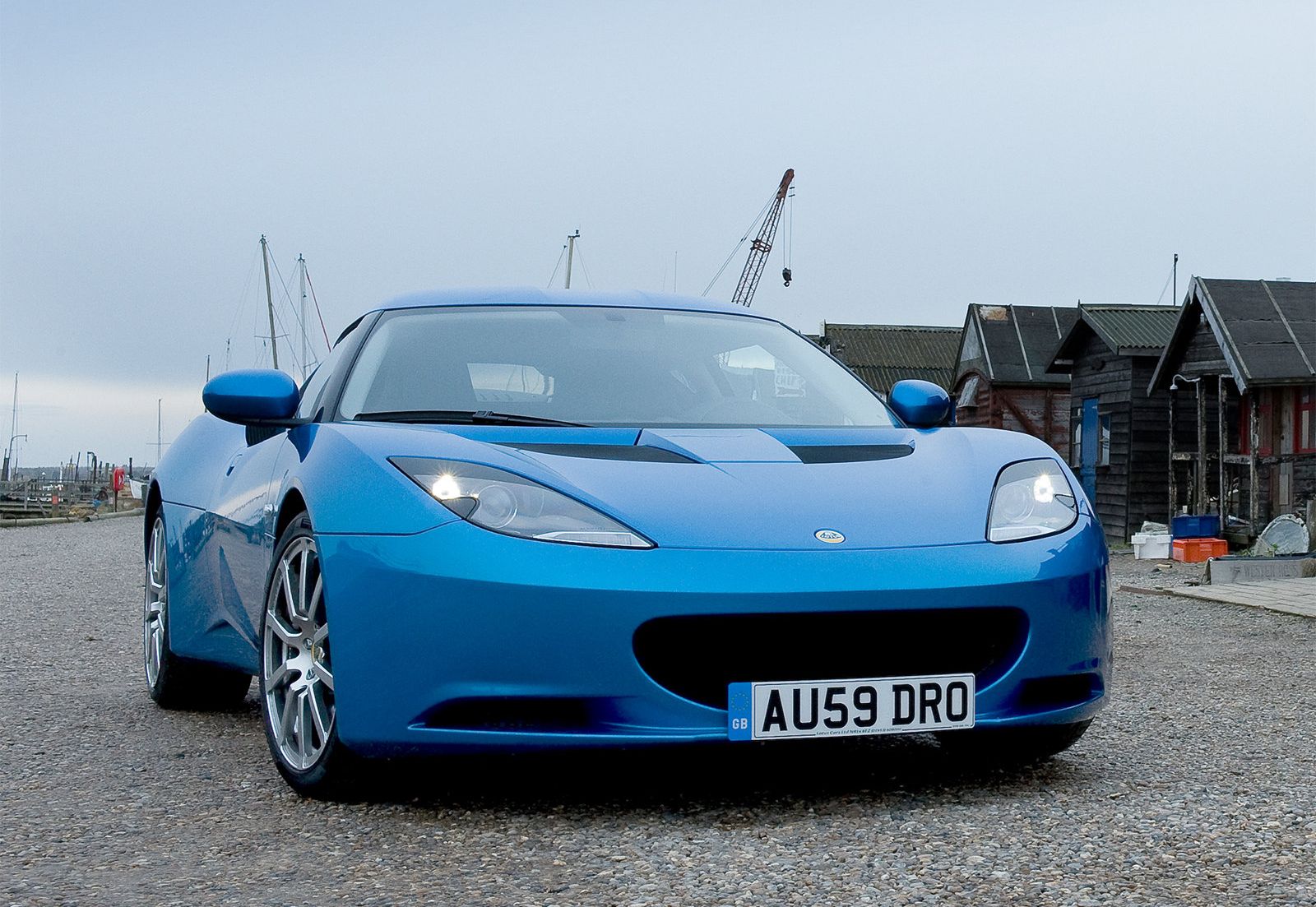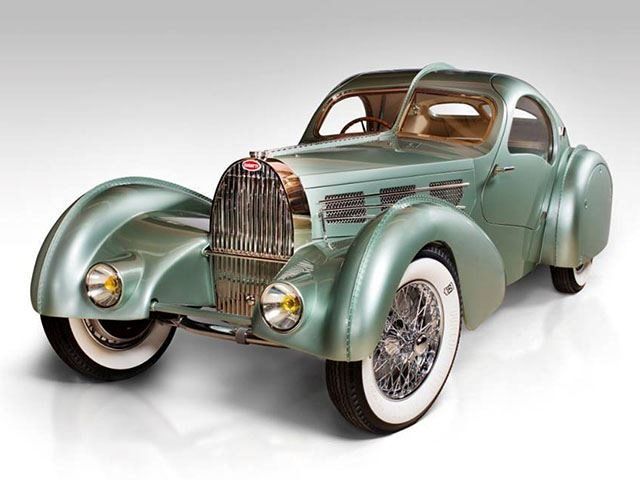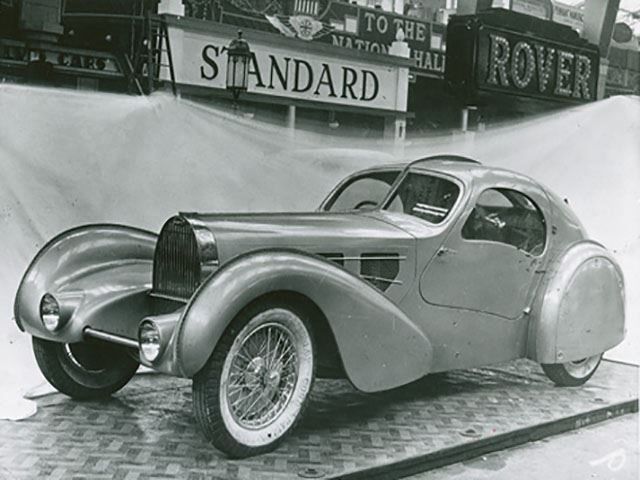
The history books may officially say the 1938 Buick Y-Job is the auto industry's first ever concept car, but the trend of designing one-off experimental design mock ups goes back a bit further than that. It could be argued, for instance, that Audi's streamlined 'Paul Jaray Prototype' from 1920 (most famous, perhaps, for featuring in this Audi A5 commercial) was a concept car of sorts. However, a more suitable pre-Y-Job candidate for the first ever concept car as we know of them today would be the stunning Bugatti Aerolithe from 1935.
Designed by Jean Bugatti (the son of company founder Ettore Bugatti, and the man who envisioned the gorgeous coachwork of various Type 41 'Royale' and Type 57 variants), the Aerolithe was an incredibly striking car for its time. The Type 57-sourced running gear, for instance, made it potentially one of the fastest cars in the world at the time - the straight-eight engine's 170 horsepower was an awful lot of grunt by the standards of 1935! What really made the Aerolithe stand out, though, was the bodywork construction - instead of the aluminum sheets that usually clothed Bugatti sports cars, the panels were crafted out of a lightweight-yet-strong 'Elektron' magnesium alloy, which was essentially the pre-war equivalent of carbon fiber.
Those of you who paid attention in your high school chemistry classes will remember that magnesium is a highly flammable metal, making it an incredibly difficult material to use in welding. To keep the Aerolithe's panels together, then, Jean Bugatti accommodated the use of external rivets to hold the bodywork in place, with ridges along the roof and fenders being added to allow the engineers to bolt the coachwork into place. It quickly became the defining quirk of the Bugatti Aerolithe's design, and became so well known that the riveted ridges were carried over to the Bugatti Type 57SC Atlantic road cars that were inspired by the Aerolithe - even though the Atlantics used conventional aluminum body panels.
Despite being such a headline-grabbing car for Bugatti, the Aerolithe wasn't paraded that much in public. Bar appearances at the Paris and London motor shows in 1935, the car rarely if ever left Bugatti's Molsheim facilities. It's also here were documentation on the Aerolithe dries up - it's suggested that the concept was cannibalized for parts during the production of the first Bugatti Atlantic (which now resides in the Mullin Automotive Museum, after being auctioned in 2010 for $30million+), but the truth is that we simply don't know for sure what exactly happened to the Aerolithe after 1935. A great shame, considering how important and iconic a car the Bugatti Aerolithe is. All is not totally lost, however.
Almost a decade ago, the Guild of Automotive Restorers in Canada set out to create a replica of the Aerolithe, using period photographs, original blueprints and surviving Type 57 running gear as a base. By 2013, the finished replica was complete, and afterwards proudly displayed at high profile automotive gatherings like The Quail.
Sure, you can argue that it's not really an Aerolithe, but it's the closest we have of one right now, and it means we can still appreciate the design and craftsmanship that went behind bringing to fruition one of the the greatest ever concept cars.


